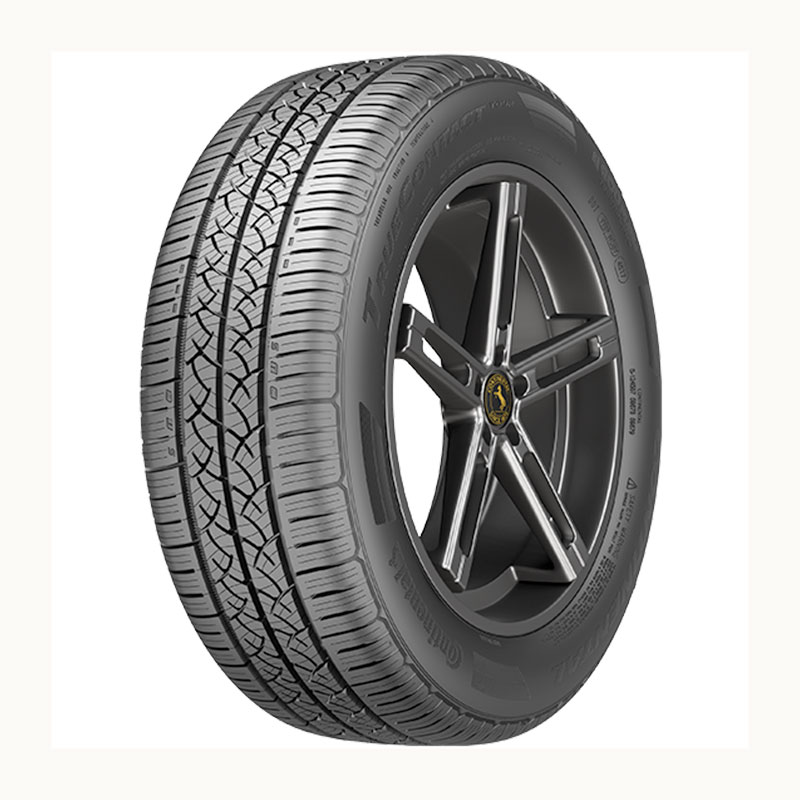When Is It Time To Replace My Tires?
From the Continental Tires website
The lifespan of a tire depends on a combination of influences including: the driver’s driving habits, climate, road conditions, tire design, and proper tire maintenance.
The big three things to consider are:
Tread Wear – Proper tread depth is essential to prevent hydroplaning and skidding. The minimum tread depth is 2/32” of an inch (1.6 mm).
Some Continental tires are equipped with Tuned Performance Indicators which are the letters D W & S molded into the tire tread that indicate when the tire’s tread has worn. When the S is worn away, the tire is no longer optimal in snow. When the W is worn away, the tire is no longer optimal in wet. And when the D is worn away, the tire is no longer optimal in the dry and the tire should be replaced.
If your tires don’t include the DWS, you can use a penny to check tread depth. Simply place the penny upside down into a tread groove. If you can see all of Lincoln’s head, it’s time for a new tire.
Climate – Too much exposure to direct sunlight, UV rays, and/or heat, can cause cracking in your tires. If the vehicle is parked outside in the elements, and is not driven frequently, this can accelerate the process. Extreme cold can also factor into tire wear.
Tire Age – Tires are designed and built to provide many thousands of miles of excellent service. For maximum benefit, tires must be maintained properly. The service life of a tire is a cumulative function of the storage, rotation, and service conditions, which a tire is subjected to throughout its life (load, speed, inflation pressure, road hazard injury, etc.).
Continental Tire recommends that you regularly inspect your tires. An inspection of the tires should be incorporated during routine vehicle maintenance procedures. If tire damage is suspected or found, it should be carefully assessed by a trained tire specialist immediately.
Call 856-696-5004 or stop by Advance Treads to learn more about the best tires for your vehicles.
For more information contact Advance Treads at 856-696-5004



